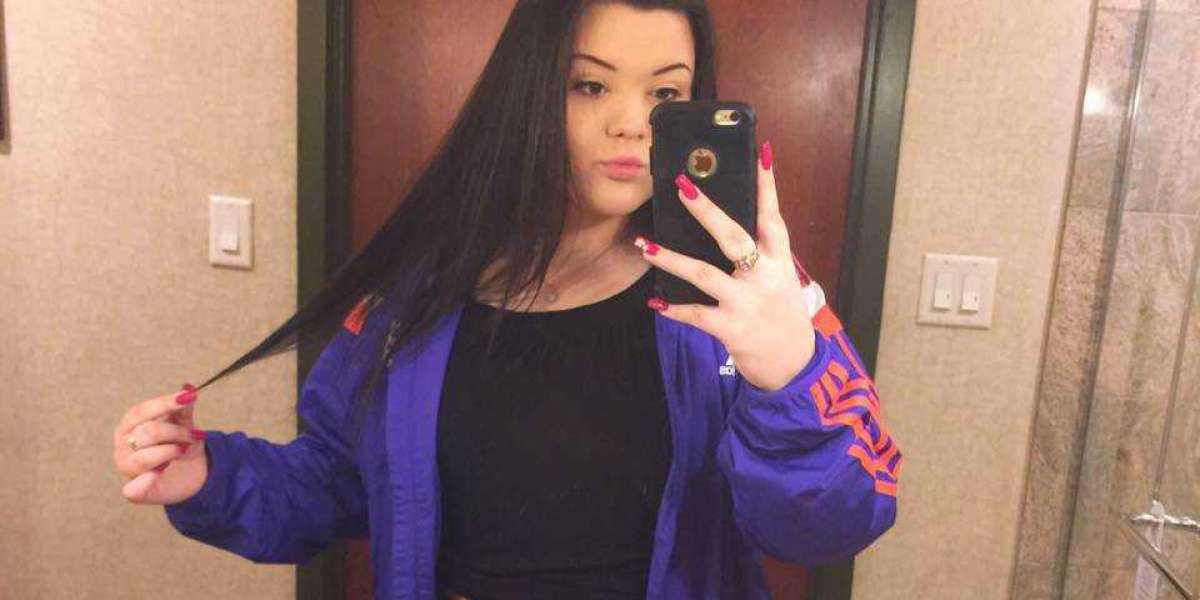There are almost all kinds of festivals throughout the year. So if you travel to Nepal, especially to the Kathmandu Valley, you will definitely encounter a certain festival. For tourists, you can experience the local religious culture and traditional customs by participating in different Nepalese holidays and festivals. Here’s a list of the 15 grand festivals of Nepal…
Maha Shivaratri
Maha Shivaratri, the Night of Great Lord Shiva, is one of the most popular Hindu festivals in Nepal. According to the Hindu calendar, Maha Shivaratri is celebrated on the 13th night or 14th day of Phalguna (the twelfth month in the Hindu calendar) each year. This Nepali festival is held on the date of the wonderful marriage of Lord Shiva and Parvati. Therefore, Hindus believe that sincere worship of Maha Shivaratri will lead to a long marriage and many children. Nepalese women often choose this day to get married so that their husbands will live a long and healthy life under the blessing of the gods.
The best place to go for this festival is Pashupatinath Temple, a temple of Lord Shiva at the east of Kathmandu, which is also known as the "Temple of Burning Corpse".
Lhosar
Losar starts at the end of the Tibetan calendar and lasts for about two weeks. However, The first three days of this long celebration are the most important(except the Dashain festival). The festival is grandly celebrated not only in Tibet, China but also in neighboring Nepal. Tibetans and Sherpas living in the alpine regions of northern Nepal commemorate Lhosar with religious ceremonies and parades. In the Kathmandu Valley, there are also big celebrations in the Tibetan areas around Boudhanath Stupa.
On the first day of Lhosar, Nepalese often drink Chaang, an alcoholic beverage. The next day, Nepalese would go to a nearby temple, where monks would perform traditional rituals to expel evil. On the third day, Nepalese gather with family and friends to celebrate the holiday.
Buddha Jayanti
Buddhists in Nepal celebrate Buddha Jayanti (the birth of Buddha) on the full moon day of Baishakh (Buddhist month). In Nepal, Buddha Jayanti has a special meaning for many people because Nepal is the birthplace of Shakyamuni, previously named Siddhartha Gautama. In 623 BC, King Śuddhodana Gautama and Queen Maya Devi gave birth to Prince Siddhartha Guatama in Lumbini, and the festival is to commemorate the birth of the Buddha. Celebrations for Buddha Jayanti in Lumbini and Kathmandu are the most striking. On the eve of Buddha Jayanti, monks and pilgrims to Lumbini Garden are not only believers from Nepal but also Buddhists from China, India, Thailand, Myanmar, Korea, Japan and other parts of the world.
Holi/Fagun Purnima
Holi/Fagun Purnima is regarded as the most exciting, funny, colorful and joyful festival in Nepal. It is held in late November of the Nepali calendar (March of the Gregorian calendar) and lasts for 7 days. This Nepali festival originated from the mythical story of the banshee Hori being burned to ashes, so it is also called the "Holi Festival".
During the festival, not only do family members sprinkle the red powder on each other's faces or heads to give best wishes but also people walking on the street throw pink powder on each other no matter whether they know each other or not. In recent years, apart from sprinkling red powder, people also use water guns, balloons and other items filled with red liquid. Don't be offended if you get drenched with red, because Nepalese people regard the color red as a symbol of good luck.



